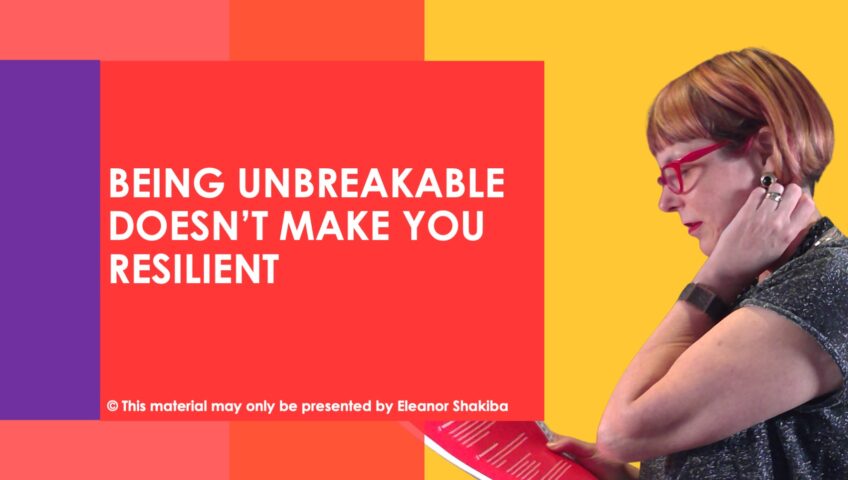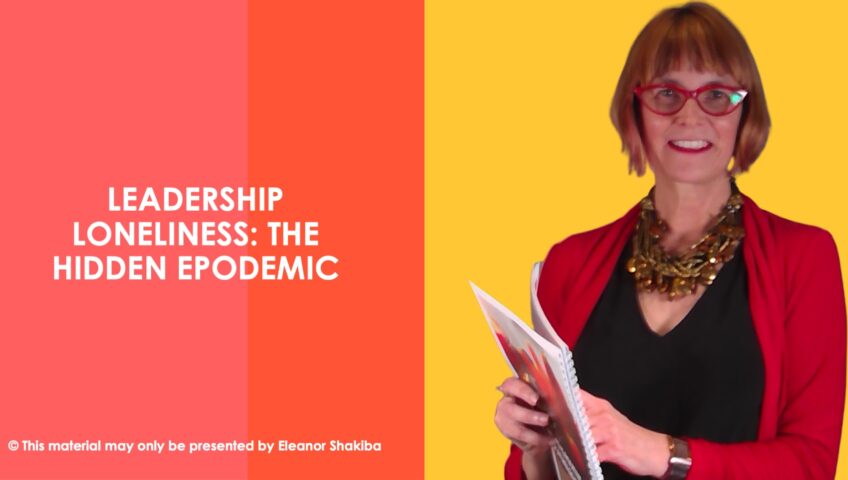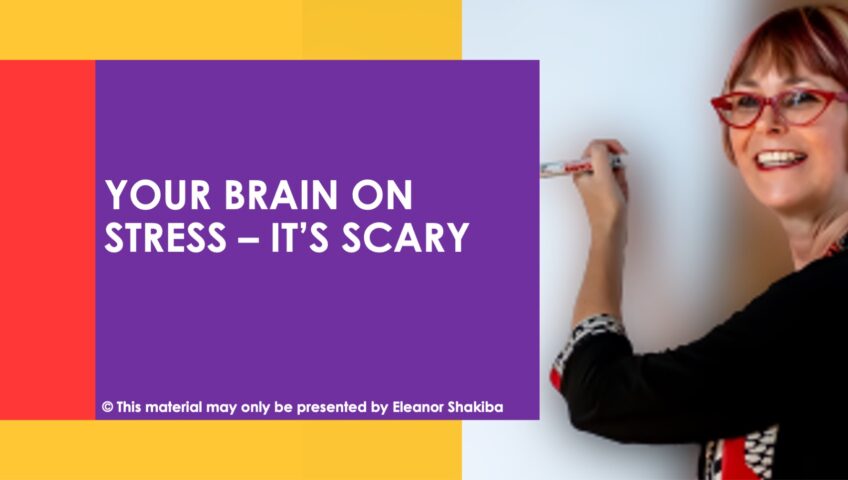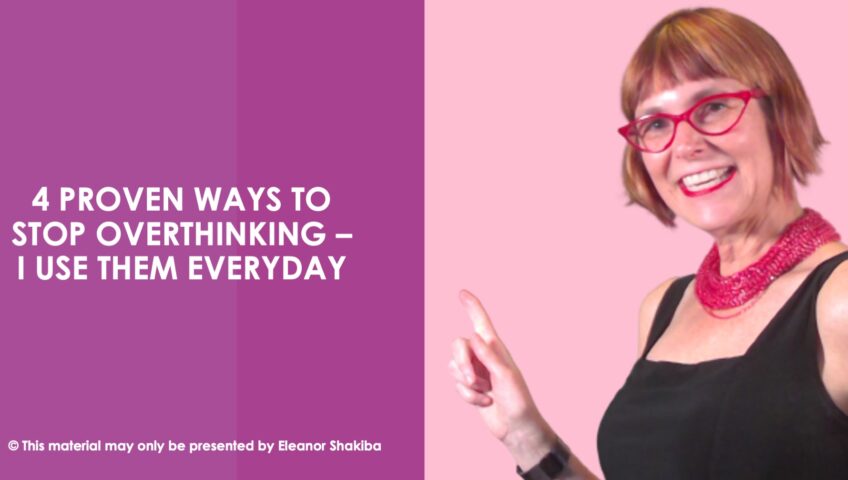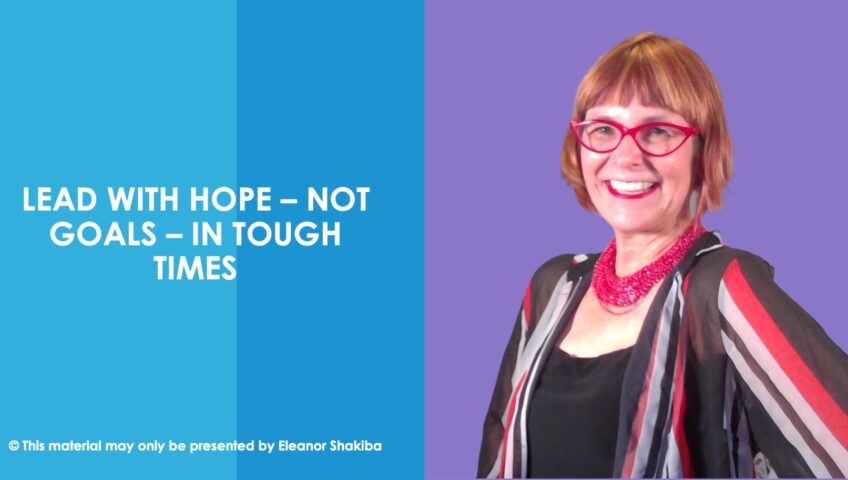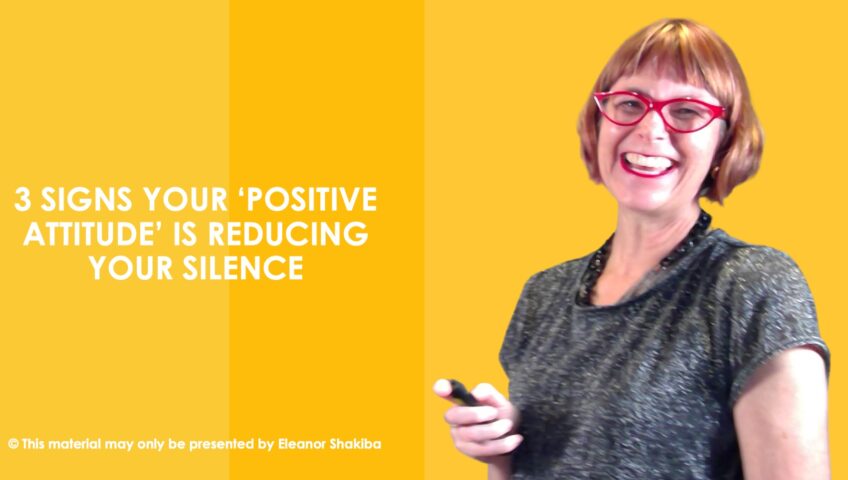We all know self-care is important, but when you’re short on time and energy, it seems impossible to take even a few minutes for yourself. Sometimes, it might even feel self-indulgent or selfish to take time out. Watch this week’s video to find out why this is NOT the case.
If you’ve been feeling over-committed or time-poor lately, I want to share my favourite story with you. It’s the story of a busy executive who visits the Dalai Lama. The executive explains how time-poor and stressed out he is. The Dalai Lama listens and then advises the executive to meditate for an hour a day.
‘Meditate for an hour a day?’ yells the executive. ‘I don’t have time for that!’
‘Ah yes’, replies the Dalai Lama, ‘I understand. In that case, for you I will make an exception. YOU must meditate for three hours a day’.
Here are three important things I think this story teaches us.
Lesson 1: When you’re too busy to rest, it’s time to rest more
When self-care has been off the menu for a while, it’s vital to bring it back.
The busy executive wasn’t ready to meditate for an hour a day, but that was exactly what he needed to do. Your brain needs downtime. For example when you meditate, the parts of your brain associated with self-interest, self-consciousness and self-protection slow down. This makes it easier for you to relax. When you sleep, your brain sheds toxic proteins that built up during the day. It also clears the way for new brain cells to grow.
[convertkit form=3449731]
Lesson 2: Be playful
If you’ve ever seen the Dalai Lama in action, you’ll know he’s playful and quirky. His mischievous sense of humour reminds us that self-care is supposed to be fun. As one of my coaching clients recently said, self-care should be ‘a way to brighten the corners of my world’. When you’re overworked or overextended life can start to feel grey and dull. It’s self-care that brings some colour back into your world.
Lesson 3: Taking it easy has health benefits
Back to the story: self-care isn’t selfish. When you don’t take it easy, you’re actually doing yourself harm. For example, your cortisol levels rise and increase inflammation in your body. This is bad for your brain, bad for your heart and bad for your mood. So, give yourself permission to slow down. Stop beating yourself up or expecting yourself to stick to a hellish schedule. Find out more about the health benefits of self-compassion easily in my recent blog article Surprising Health Benefits of Going Easy on Yourself.


